The greatest horse rides ever, as chronicled in a ‘unique treasury of horse and human wisdom’
Jon Hare takes a look at an exhaustive new book chronicling some of the greatest rides ever taken on horseback.
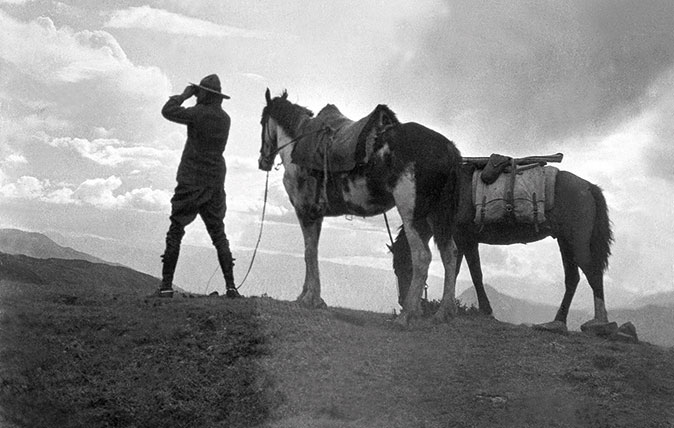

In 1755, after nine years of intense labour, Samuel Johnson published his English dictionary and it endured as a standard work for more than 150 years. Dr Johnson strove to put in every word, to leave absolutely no gaps. It was to be a last word on the English language and was an immense one-man achievement.
In similar vein, the three volumes of CuChullaine O’Reilly's The Encyclopaedia of Equestrian Exploration (published by The Long Riders’ Guild, Vols 1 and 3 priced at £40; Vol 2 priced at £48) are a last word on horsemanship and equestrian exploration. They chronicle not only the fascinating accounts of historical and contemporary long riders – those who have undertaken journeys of more than 1,000 miles on horseback – but also, in great detail, every possible circumstance or hazard the long rider may encounter, whether he or she is travelling in Arctic wastes, the desert or the Tropics.
The reader embarks on a study into why people are lured into undertaking equestrian journeys, the practicalities of such things as choosing a horse and comprehensive horse management, including every possible aspect of looking after the welfare of the animal. Readers are then asked whether they’re prepared for a long ride and given numerous pointers to equip themselves mentally and physically.
Horse management and welfare have long been written about, but not in such detail. The author imparts his vast knowledge of horses, culled from every corner of the world, and holds the reader’s attention by interweaving through his practical text real-life stories and experiences of long riders in every possible environment.
All this is illustrated with wonderful black-and-white photographs and drawings, some faded yet full of drama, others visually depicting priceless information.
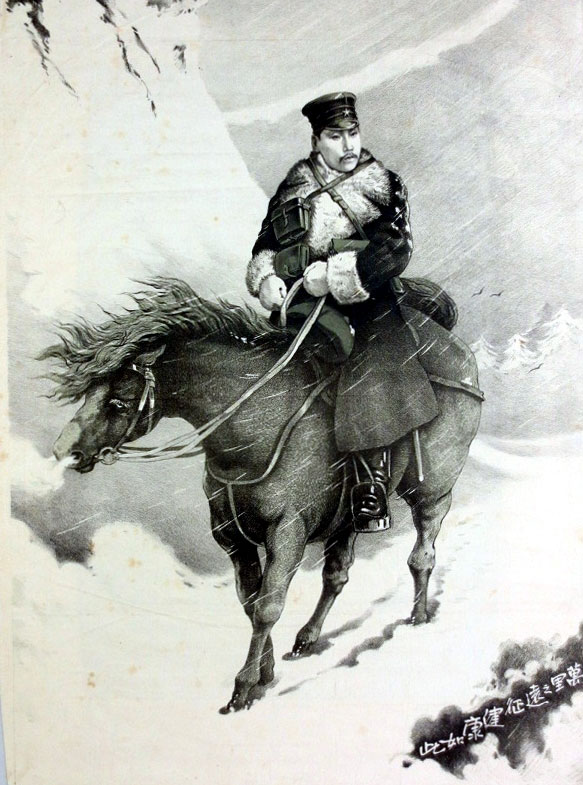
As technology and the ‘infernal combustion engine’ increasingly dominate the lives of people in every country, removing them ever further from reality, these volumes ensure that the rare and valuable insights and knowledge of previous generations will not be lost. They comprise a beacon of sanity lighting the way ahead.
They also explore deeper depths. As long rider Jeremy James notes: ‘A man’s inner instincts are minutely recorded by horses. The voice the horse hears is not the outer but the inner one. It is the inner voice to which the horse first responds and then to the outer.’
Sign up for the Country Life Newsletter
Exquisite houses, the beauty of Nature, and how to get the most from your life, straight to your inbox.
Anyone who has seen the response of a horse to the inner qualms of a nervous rider knows exactly what he means.
And then there’s the indescribable thrill when the horse asks man’s inner voice ‘Can we do it?’ and, through pressure from his legs, the rider’s inner voice replies ‘Yes, we can’. In a split second, instant communication between rider and steed is achieved.
In 1937, Country Life and Riding magazines organised a long-distance ride. Starting from eight separate points, the riders, whose ages ranged from 11 to 76, converged on Lewes and then completed the final leg to Eastbourne. The greatest long rider of them all, the Swiss Aimé F. Tschiffely, who had ridden 10,000 miles from Argentina to New York City, was there to greet them.
Tschiffely had recommended the formation of an Equestrian Touring Club; this recommendation inspired CuChullaine O’Reilly to establish the Long Riders’ Guild. These three masterly volumes are a result of a link between Tschiffely, Country Life and the Guild. A comprehensive work, it will be treasured by future long riders and seen as a unique treasury of horse and human wisdom.

A 17th century house in Somerset perfect if you love horses – or horsepower
At The Manor House in Ditcheat, even the gazebo is a listed building – while there are equestrian and motoring

Like Tinder, but for horses? The Weatherbys app that matches mares and stallions
Weatherbys have a new app which is trying to move the bloodstock business into the internet era.

Credit: Woolley and Wallis
A perfect thatched cottage with a fairytale garden, pool and room for horses
A dreamy little cottage has come up for sale within the New Forest National Park.
Country Life is unlike any other magazine: the only glossy weekly on the newsstand and the only magazine that has been guest-edited by HRH The King not once, but twice. It is a celebration of modern rural life and all its diverse joys and pleasures — that was first published in Queen Victoria's Diamond Jubilee year. Our eclectic mixture of witty and informative content — from the most up-to-date property news and commentary and a coveted glimpse inside some of the UK's best houses and gardens, to gardening, the arts and interior design, written by experts in their field — still cannot be found in print or online, anywhere else.
-
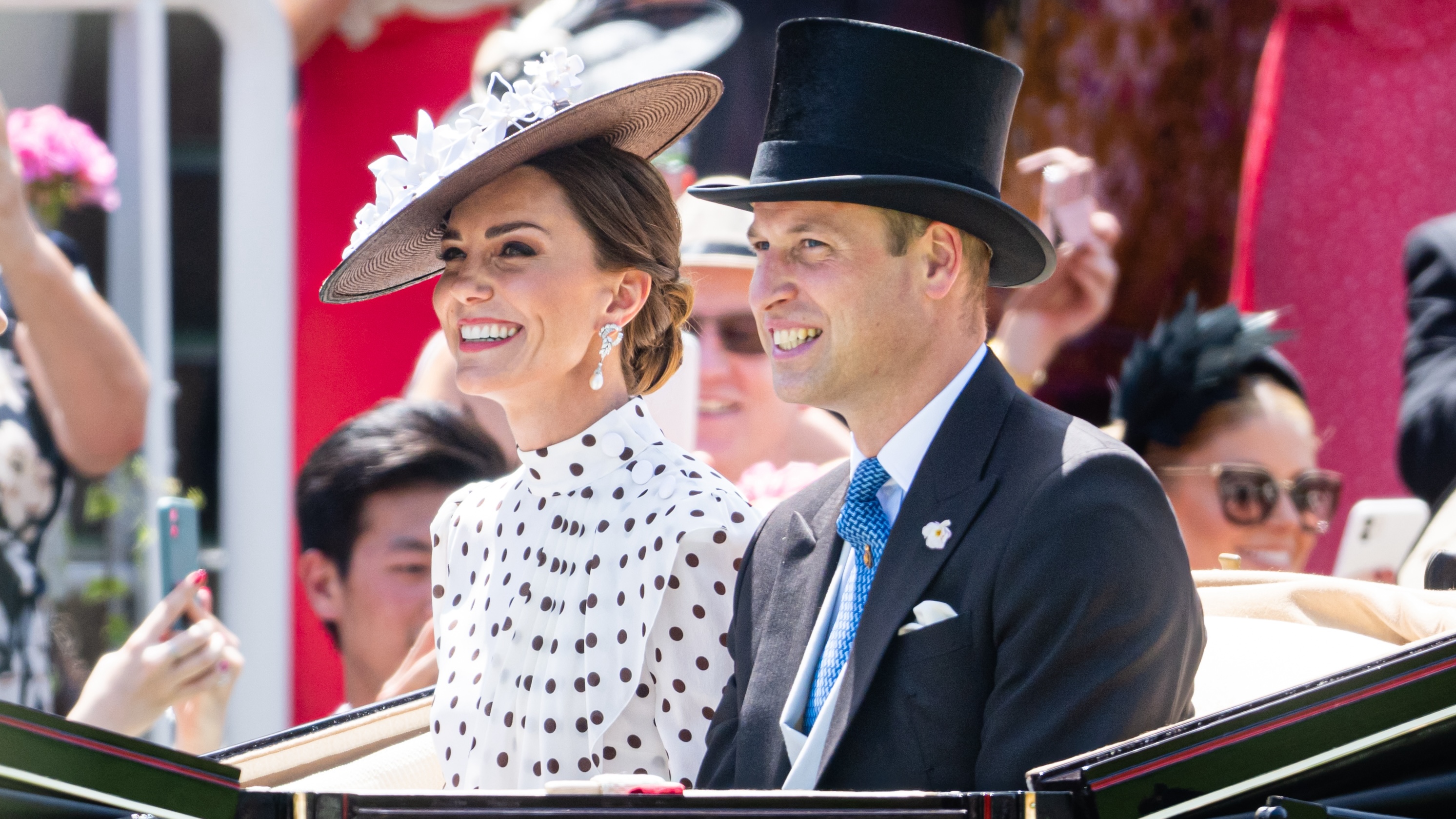 'The watch is Head Boy of men’s accessorising': Ginnie Chadwyck-Healey and Tom Chamberlin's Summer Season style secrets
'The watch is Head Boy of men’s accessorising': Ginnie Chadwyck-Healey and Tom Chamberlin's Summer Season style secretsWhen it comes to dressing for the Season, accessories will transform an outfit. Ginnie Chadwyck-Healey and Tom Chamberlin, both stylish summer-party veterans, offer some sage advice.
-
 Lewis Hamilton, Claude Monet and the Four Horsemen of the Apocalypse: Country Life Quiz of the Day, April 29, 2025
Lewis Hamilton, Claude Monet and the Four Horsemen of the Apocalypse: Country Life Quiz of the Day, April 29, 2025Tuesday's Quiz of the Day looks back at Lewis Hamilton's first win and ponders on the meaning of greige.
-
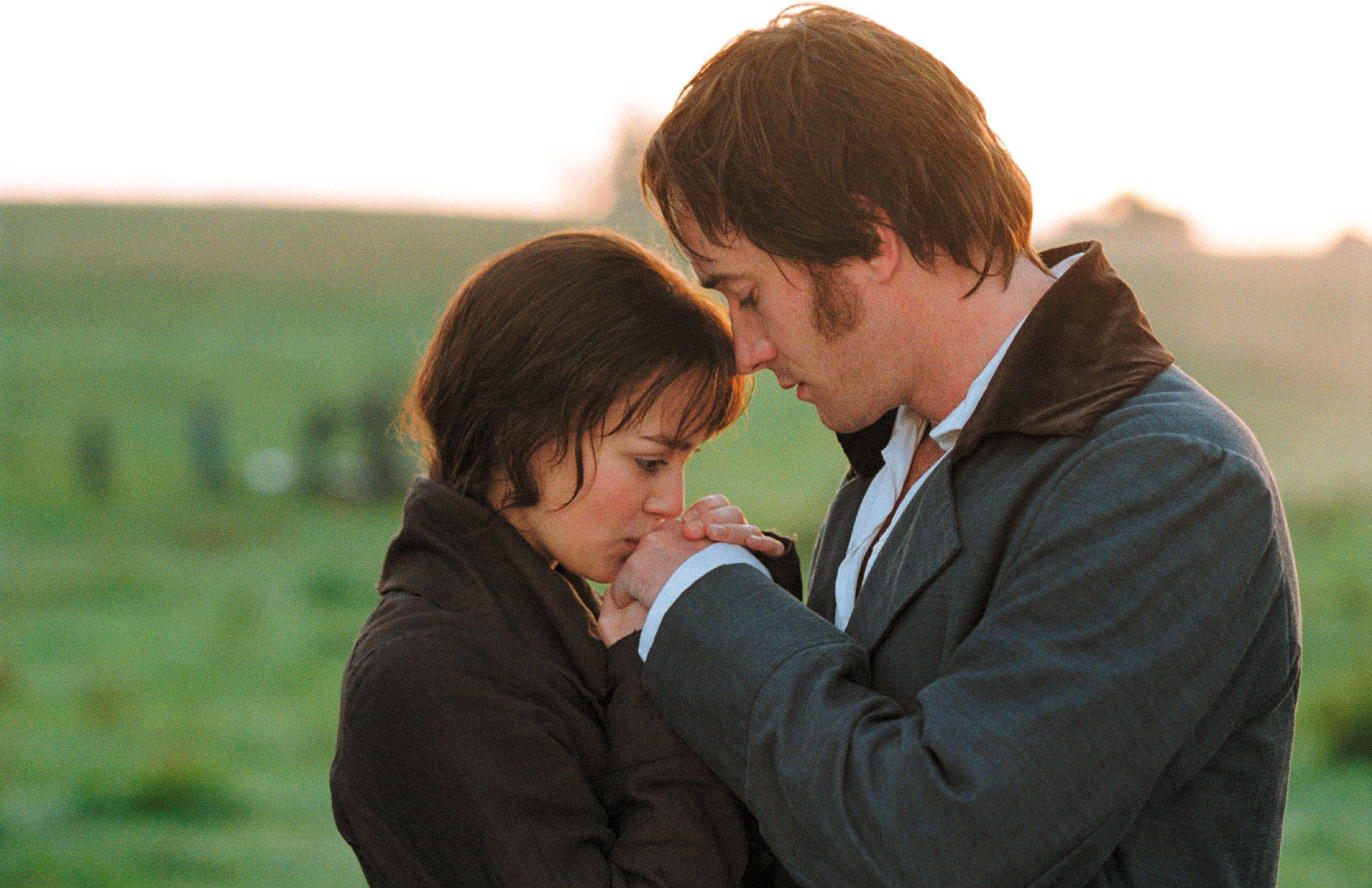 How to celebrate the 250th anniversary of Jane Austen
How to celebrate the 250th anniversary of Jane Austen2025 marks the 250th anniversary of Jane Austen's birth. Here are exhibitions, events and more — happening across the UK — that mark the occasion.
-
 Unputdownable: 12 page turners to see you through the rest of the winter
Unputdownable: 12 page turners to see you through the rest of the winterFrom cookbooks to cricket, biographies to Sunday Times bestsellers, Country Life contributors name some of their favourite books from last year.
-
 J.R.R. Tolkien: The life and times of the lord of the books
J.R.R. Tolkien: The life and times of the lord of the booksFrom a sentence born of an exhausting teaching job, J. R. R. Tolkien crafted a series of fantastical novels that, 50 years on from his death, still loom as large in our imagination as Sauron’s all-seeing eye, says Matthew Dennison.
-
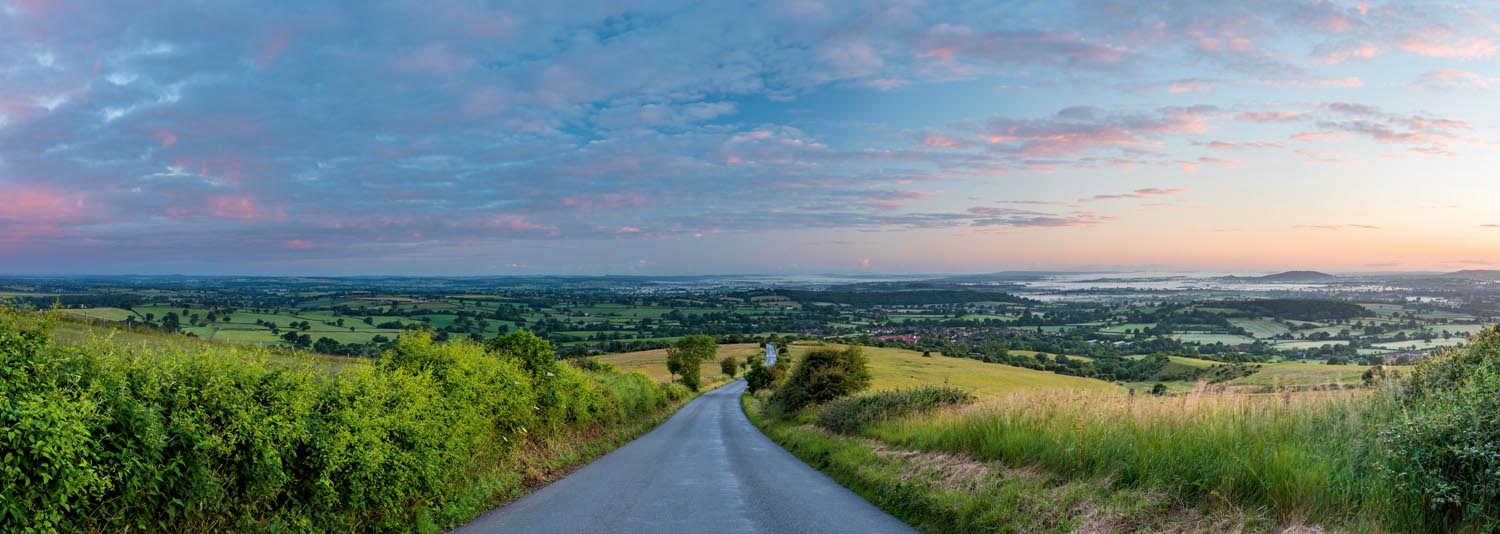 Thomas Hardy's Wessex vs the real-life Dorset: Which bits are real, which dreams, and which are exact to the last stream and stile
Thomas Hardy's Wessex vs the real-life Dorset: Which bits are real, which dreams, and which are exact to the last stream and stileThomas Hardy’s depictions of a fictional Wessex and his own dear Dorset are more accurate than they may at first appear, says Susan Owens.
-
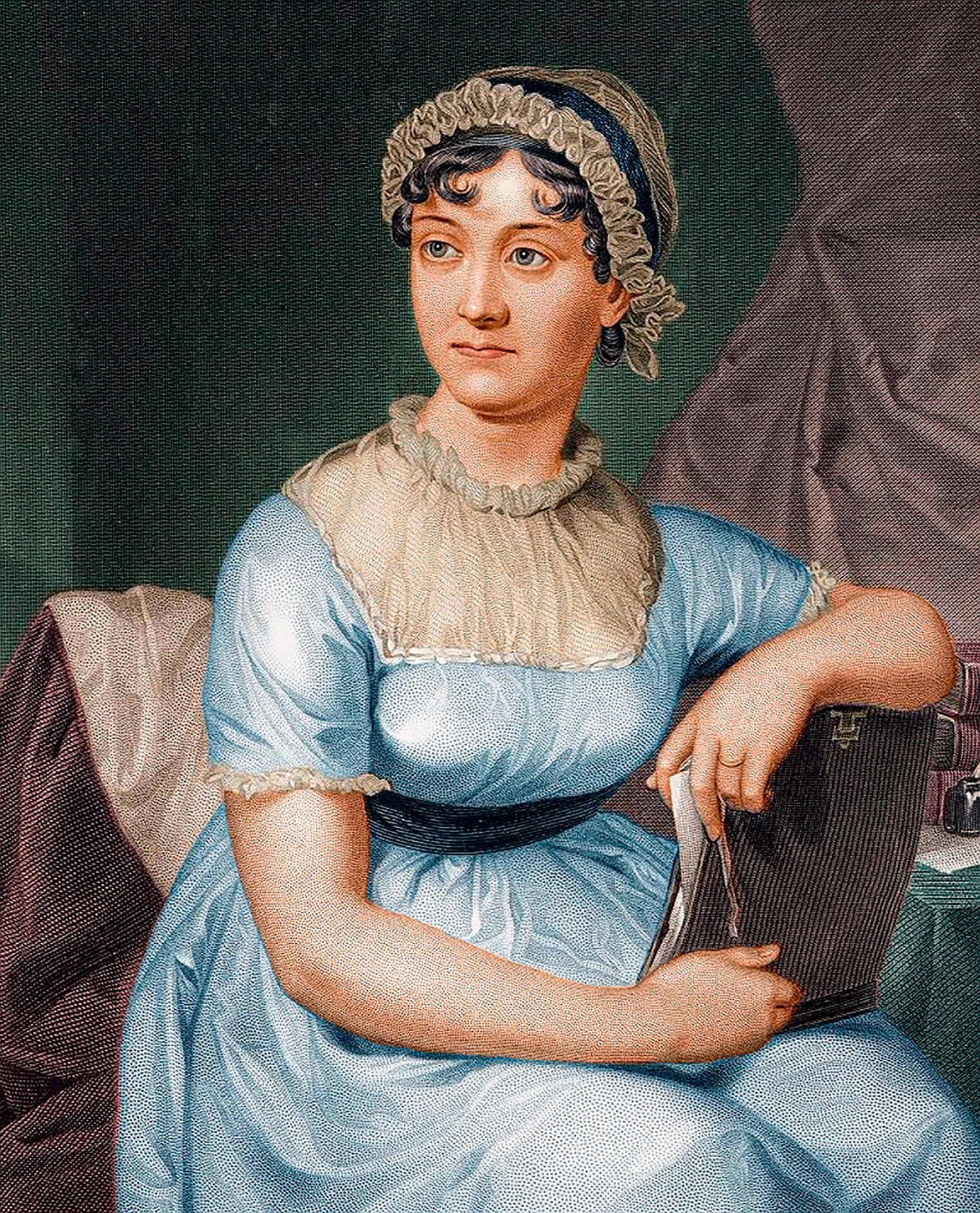 The English villages that are hotbeds of murder, intrigue and endless summer days — at least in the minds of novelists
The English villages that are hotbeds of murder, intrigue and endless summer days — at least in the minds of novelistsComforting yet complex, intriguing and alluring, the village setting is territory to which writers — and readers — will return again and again. Flora Watkins looks at how the customs, characters and communities of the English village have long sparked literary inspiration, from Jane Austen to Midsomer Murders.
-
 With love from Father Christmas: J.R.R. Tolkien's enchanting Christmas letters to his children
With love from Father Christmas: J.R.R. Tolkien's enchanting Christmas letters to his childrenFor nearly a quarter of a century, J. R. R. Tolkien sent his children elaborate letters and pictures from the North Pole. Ben Lerwill explores the penmanship, kindness and magic that went into Letters From Father Christmas.
-
 The best characters created Charles Dickens, still utterly unforgettable even 150 years after his death
The best characters created Charles Dickens, still utterly unforgettable even 150 years after his deathCharles Dickens died 150 years ago, on 9 June 1870. Since then, Mr Micawber has become a byword for optimism, Scrooge for meanness and Uriah Heep for obsequiousness, and we still quote Mr Bumble’s ‘the law is an ass’. Rupert Godsal explains why these characters are so exuberantly unforgettable.
-
 Charles Dickens timeline: The best of times, the worst of times
Charles Dickens timeline: The best of times, the worst of timesRupert Godsal paints the major events in the life and times of Charles Dickens, who died 150 years ago on 9 June, 1870.